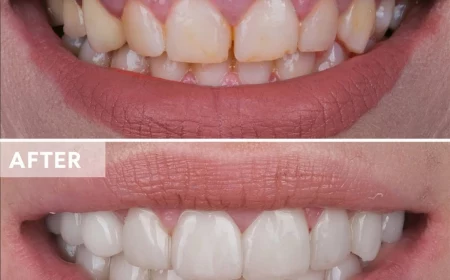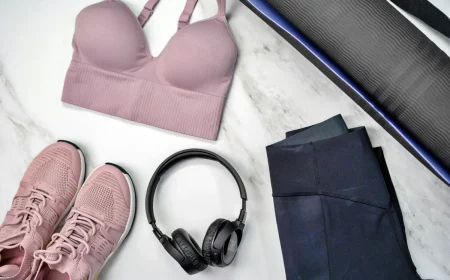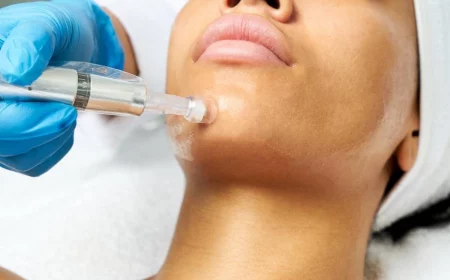Tired of Shaving? Here’s the Real Deal on Hair Removal
As someone who’s spent a career in skincare, I’ve pretty much seen it all when it comes to getting rid of unwanted hair. So many people walk through my door totally fed up with the daily chore of shaving. They’re tired of the nicks, the razor burn, and that frustrating five o’clock shadow that shows up on their legs by dinnertime. Shaving is where most of us start, but let’s be honest, it’s rarely the best long-term plan since it just chops the hair off at the surface, leaving a blunt edge that feels prickly as soon as it grows back.
In this article
- First Things First: Get to Know Your Hair and Skin
- The Quick Fixes: Methods That Cut Hair at the Surface
- Going Deeper: Methods That Remove Hair From the Root
- The Big Guns: Long-Term & Permanent Hair Removal
- My Pre- and Post-Care Checklist for Smooth Skin
- My Go-To Post-Wax Survival Kit
- Inspirational Gallery
So, let’s talk about finding a better way. This isn’t about jumping on the latest trend. It’s about figuring out what truly works for your body, your schedule, and your wallet. What’s a dream for one person can be a total nightmare for another. My goal here is to share some of that insider knowledge I’ve picked up over the years so you can find a method that leaves your skin feeling smooth, happy, and calm.
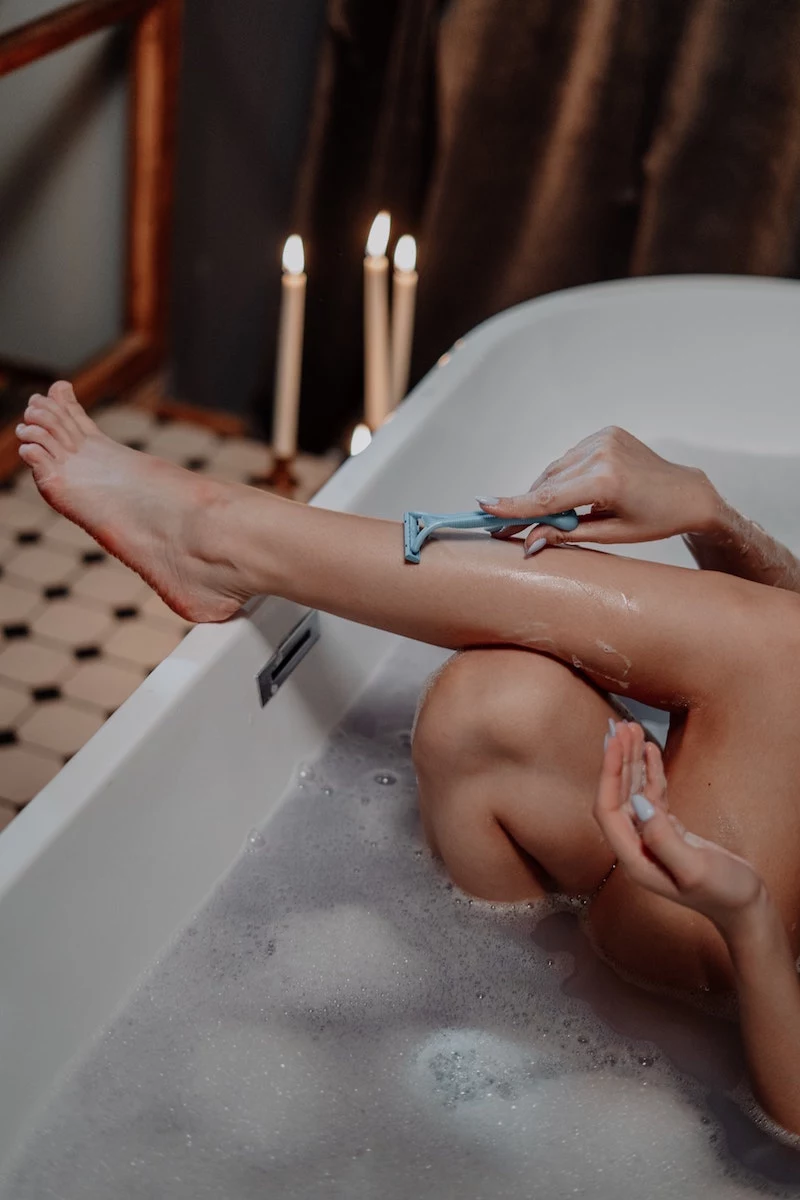
First Things First: Get to Know Your Hair and Skin
Before you even think about yanking hair out, it helps to understand how it grows. It’s not just sitting there waiting for you; it’s on a constant cycle. And that cycle is exactly why some methods last for weeks while others… don’t.
Basically, your hair goes through three stages. The most important one for hair removal is the Anagen or “Growing” phase. This is when the hair is actively connected to its blood supply and growing like a weed. When you pull a hair out during this stage (like with waxing or sugaring), you do a little bit of damage to the follicle. Do it enough, and the follicle gets the message, leading to slower, finer hair over time. The other two phases are just transitions or resting stages.
This is why consistency is everything. When you get waxed or sugared regularly, usually every four to six weeks, you start to catch more and more hairs in that perfect growing phase. That’s the secret to getting sparser regrowth over the long haul.

And your skin? Its health is just as crucial. Heads up! Hair removal is a form of controlled stress on the skin. If your skin is already irritated, you’re just asking for trouble. We would never, ever work on skin with rashes, sunburn, or open sores. Also, and this is a big one, certain medications like retinoids (think Accutane or even topical tretinoin) make your skin incredibly fragile. Waxing someone on these meds can literally lift the skin, causing a serious wound. You have to be off them for a while before it’s safe. Always be upfront with your esthetician about your meds—it’s for your own safety.
The Quick Fixes: Methods That Cut Hair at the Surface
These are the options that, like shaving, don’t remove hair from the root. They’re usually painless and fast, but you’ll be doing them again in a day or two.
Depilatory Creams (Hair Removal Cream)
You’ve seen them at the drugstore. These creams use some pretty strong chemicals to dissolve hair right at the skin line.
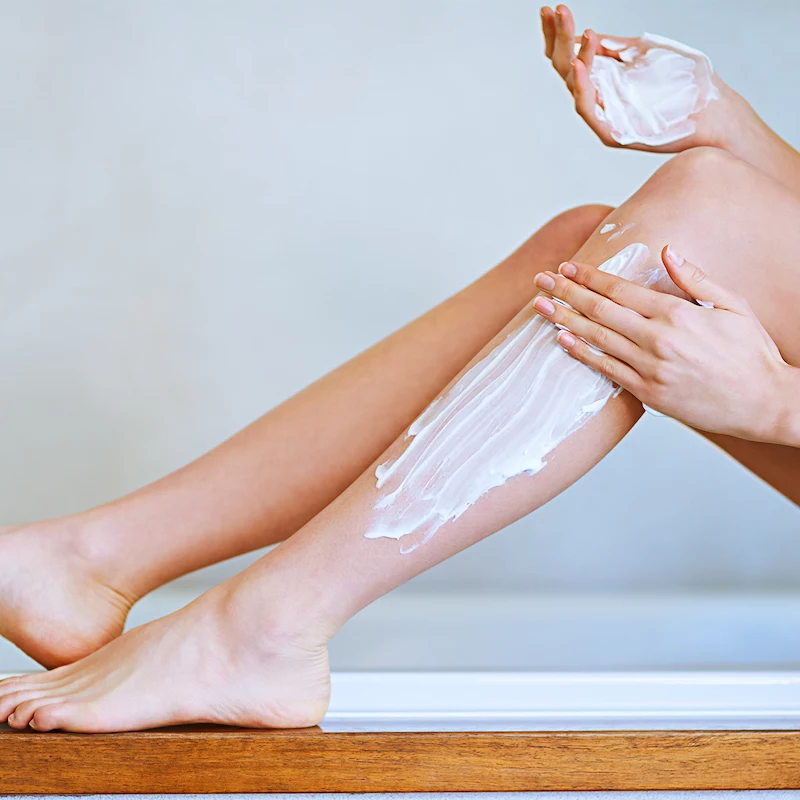
How they work: To put it simply, the chemicals break down the protein structure of your hair, turning it into a jelly-like gunk you can wipe away. It’s effective, but it’s a chemical reaction on your skin, so you have to be careful.
A pro’s honest opinion: We rarely use these in a professional setting because the risk of chemical burns is just too high. If you use one at home, you MUST do a patch test on a small spot 24 hours beforehand. I’m not kidding. I’ve seen people skip this and end up with angry, red burns that took weeks to heal. Also, follow the timing directions to the letter. If it says 5-7 minutes, don’t push it to 10. The cream can’t tell the difference between the hair and your skin. You can find these from brands like Nair or Veet for about $8 to $15 a bottle.
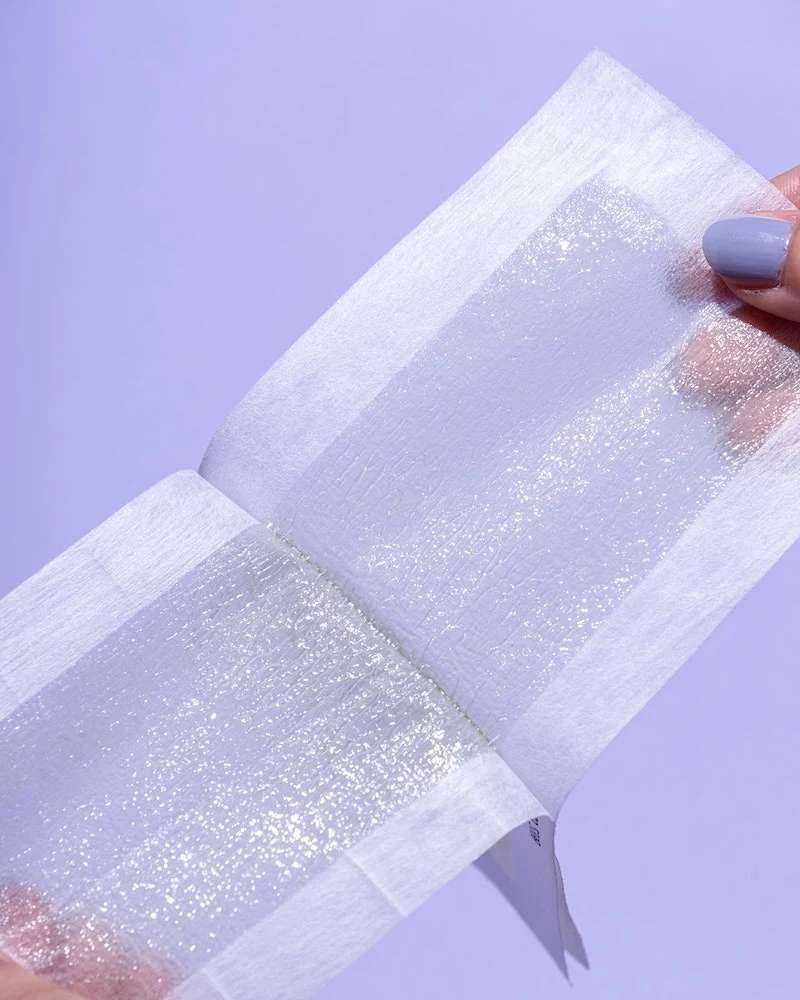
Electric Trimmers
A trimmer is a fantastic tool for just keeping things tidy without going totally bare. It’s basically a mini clipper that cuts hair to a short, even length.
Why I recommend them: I often suggest trimmers for clients who are super prone to ingrown hairs, especially if they have coarse or curly hair. Since it doesn’t pull from the root or cut below the skin, the hair is far less likely to curl back in on itself and cause a painful bump. It’s a great harm-reduction strategy for sensitive skin.
For about $20 to $60 at Target or online, you can get a decent waterproof model. Use it to neaten up the bikini line, underarms, or anywhere else. Just remember to clean it after every use! Gunk can build up on the blades and lead to nasty skin infections.
Going Deeper: Methods That Remove Hair From the Root
Okay, now we’re talking about epilation—pulling the hair out, root and all. The results last way longer (think three to six weeks), and the hair that grows back is usually softer and finer.
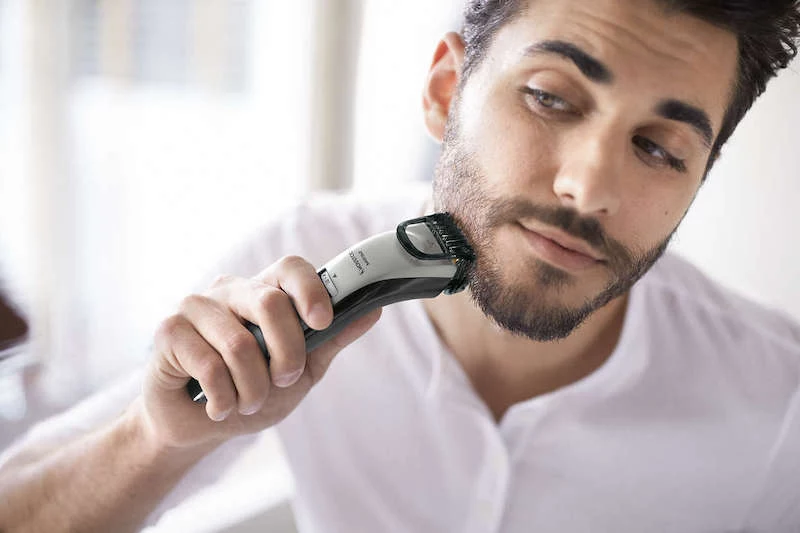
Waxing: Hard Wax vs. Soft Wax
Waxing is a true craft. There are two main types, and knowing which one to use makes all the difference.
- Soft Wax (Strip Wax): This is the sticky wax that’s applied thin and ripped off with a paper or cloth strip. It’s fast and great for big areas like legs and arms. The downside? It sticks to your skin, too, so it can be more irritating.
- Hard Wax (Stripless Wax): This is the good stuff. It’s applied thicker, hardens on its own, and shrink-wraps around the hair—not the skin. We use this for sensitive spots like the bikini area, underarms, and face. It’s a total game-changer for reducing redness and pain.
The Technique That Matters: The success of a wax is all in the technique. I once had a client who tried an at-home kit and gave herself bruises because she pulled the strip straight up, away from her skin. The secret is to pull the strip back parallel to the skin, in the opposite direction of hair growth. It’s a quick, low flick of the wrist. This pulls the hair from the root instead of just breaking it at the surface.
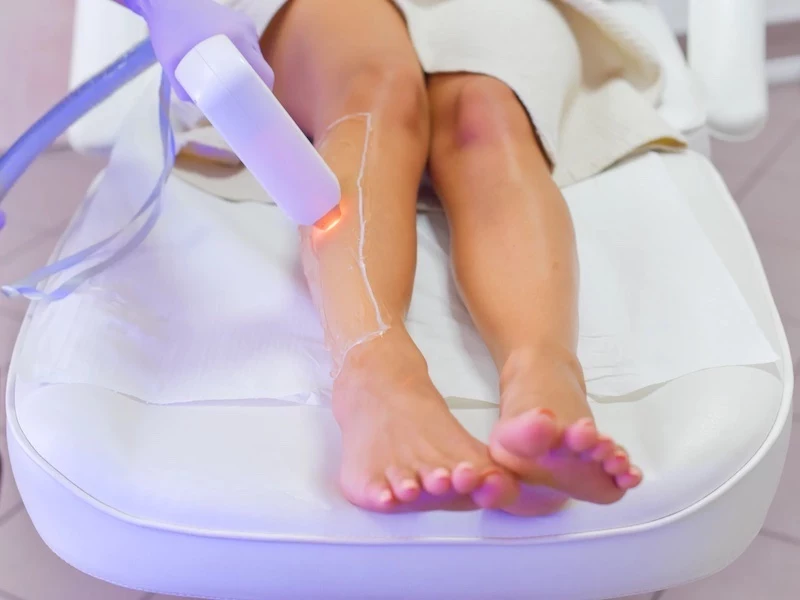
Oh yeah, and a quick tip on hair length: you want it to be about the length of a grain of rice. Too short and the wax can’t grab it; too long and it can be more painful and prone to breaking.
Cost and Pain: A professional leg wax can run you anywhere from $50 to $90, while a Brazilian might be in the $40 to $70 range, depending on where you live. As for pain? On a scale of 1-10, most people put their first bikini wax at a solid 7. But by the third or fourth time, you’re usually down to a 3 or 4. It really does get easier!
CRITICAL SAFETY NOTE: If you walk into a salon and see your esthetician double-dip the waxing stick back into the pot of wax, turn around and walk out. Seriously. That’s a massive health code violation that spreads bacteria between clients. Fresh stick, every single time. No exceptions.
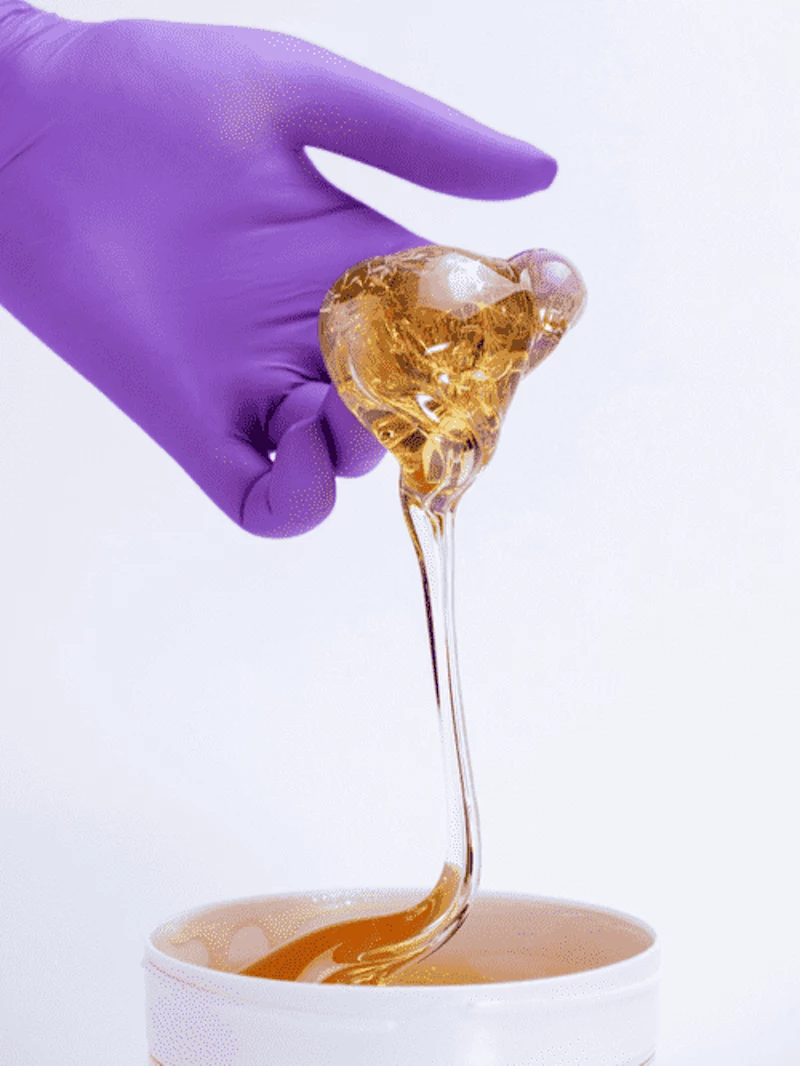
Sugaring
Sugaring is an amazing, traditional method that’s making a huge comeback. The paste is just sugar, lemon juice, and water—that’s it. It’s natural, biodegradable, and incredibly gentle.
The technique is the opposite of waxing. The lukewarm paste is applied against the direction of hair growth and then flicked off with the direction of growth. This simple change means less hair breakage and way fewer ingrown hairs. It’s fantastic for sensitive skin. Since the paste is water-soluble, any residue just rinses off with warm water. Cost-wise, it’s usually pretty similar to waxing, maybe a tad more.
Epilators
An epilator is a handheld device with a bunch of tiny, rotating tweezers that pluck hairs out as you guide it over your skin. It’s an at-home option for root removal.
My honest take: I have a love-hate relationship with these things. They are cost-effective (a good one is a one-time purchase of $40 to $100) and convenient. But… they can be quite painful, especially the first time. It feels like dozens of tiny, fast-moving tweezers. If you decide to try one, use it on clean, exfoliated skin and pull your skin taut as you go. A little-known trick: many new models are waterproof, and using one in a warm shower can make the whole experience much more bearable.
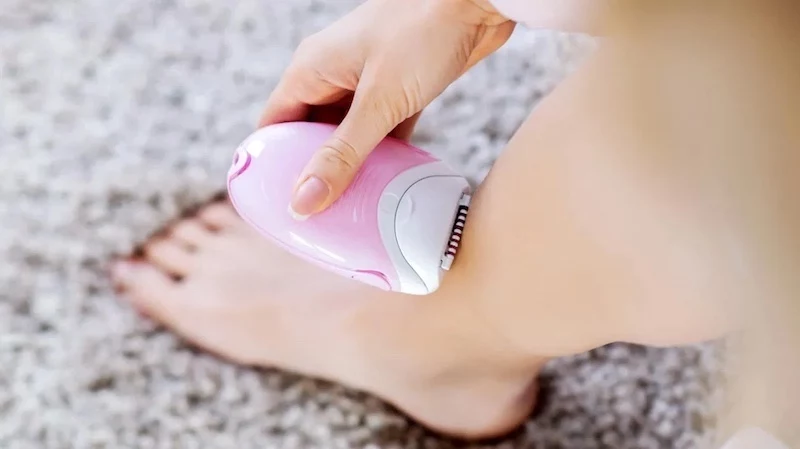
The Big Guns: Long-Term & Permanent Hair Removal
These methods are a serious commitment of time and money. They should only ever be done by a certified and experienced professional in a proper clinical setting.
Laser Hair Removal
Laser offers major, long-term hair reduction. Notice I didn’t say permanent removal. It works by sending a concentrated beam of light that gets absorbed by the pigment (melanin) in your hair. That light turns to heat, which damages the follicle.
Because it targets pigment, laser works best on people with dark hair and lighter skin. It’s not effective on blonde, red, gray, or white hair. This is a medical procedure, and the type of laser used matters. Using the wrong laser on darker skin tones can cause burns. Expect a series of 6-8 treatments, spaced about a month apart. This is a real investment, too—you could be looking at $150 to $500 per session for a larger area.

Electrolysis
This is it. Electrolysis is the only method the FDA recognizes as truly permanent hair removal. An electrologist slides a tiny, sterile probe into each individual hair follicle and sends a small electrical current to destroy the growth cells for good.
The beauty of it? It works on any hair color and any skin type. It’s the gold standard for getting rid of those stubborn gray or blonde hairs that laser can’t touch. The downside is that it’s incredibly slow and meticulous, so it’s best for small areas like the upper lip, chin, or cleaning up stray hairs. It’s typically billed by time, maybe $50 to $150 for a 15- or 30-minute session.
My Pre- and Post-Care Checklist for Smooth Skin
No matter what method you choose (besides trimming), your results depend heavily on proper care. It’s non-negotiable!
Before Your Appointment (for Waxing/Sugaring):
- Gently exfoliate the area two days before your appointment, but not the day of.
- Make sure the hair is about the length of a grain of rice.
- Avoid heavy lotions or oils on the day of your appointment.
- Pro-Tip: Taking an over-the-counter pain reliever like ibuprofen about 30-45 minutes before you go in can help take the edge off. (Just check with your doc first!)
Immediately After Your Appointment (The First 24-48 Hours):
- NO hot tubs, saunas, or steam rooms.
- NO intense, sweaty workouts.
- NO sun tanning or tanning beds.
- Wear loose, comfortable clothing to let your skin breathe.
- Avoid anything with heavy fragrances or alcohol. Instead, use a simple, soothing lotion. Look for calming ingredients like aloe vera or chamomile. I often recommend a basic tub of CeraVe or a lotion with niacinamide to help repair the skin barrier.
My Go-To Post-Wax Survival Kit
If you’re going to wax or sugar regularly, it’s worth investing in a little aftercare kit. Here’s what I recommend to my clients:
- A Gentle Exfoliant: A simple sugar scrub or a chemical exfoliant with salicylic or glycolic acid. Use it 2-3 times a week (but not for the first two days after your service!) to keep ingrowns at bay. (~$10-$25)
- A Soothing Lotion: Your fragrance-free hero, like the CeraVe I mentioned. (~$15)
- An Ingrown Hair Treatment: For stubborn spots, a product like Tend Skin or PFB Vanish can be a lifesaver. You can find them online or at beauty supply stores. (~$20-$30)
At the end of the day, choosing a method is all about balancing your pain tolerance, budget, and how much time you’re willing to commit. But whatever you do, treat your skin with kindness. It’s the only one you’ve got!
Inspirational Gallery
Hard Wax: This stripless wax shrink-wraps around the hair, not the skin. It’s ideal for sensitive areas like the bikini line or underarms, as it’s generally less painful upon removal.
Soft Wax: This type requires a cloth or paper strip for removal. It adheres to both hair and skin, making it excellent for exfoliating larger areas like legs and back, but potentially more irritating for some.
For at-home use, hard wax kits are often more forgiving for beginners.
The average person who shaves throws away approximately 5.8 million pounds of disposable razors and cartridges each year in the U.S. alone.
Choosing a method with more permanence, like waxing, epilating, or laser, significantly reduces this recurring plastic waste. Even switching to a durable safety razor, where you only replace the metal blade, makes a huge environmental difference over time.
Does hair really grow back thicker after you remove it?
It’s a persistent myth! Shaving cuts the hair at a blunt angle at its thickest point, so as it grows out, it feels coarse and stubbly. Methods that remove hair from the root, like waxing or epilating, allow the hair to regrow with a fine, tapered tip, which is why it feels softer and can even appear sparser over time.
The key to a successful, less painful wax isn’t just about technique—it’s about timing. For most methods, hair should be about a quarter-inch long, or roughly the length of a grain of rice. Too short, and the wax or epilator can’t get a good grip. Too long, and it can cause more pulling on the skin and unnecessary discomfort. A gentle trim a day or two before your appointment can make all the difference.
- Fewer ingrown hairs
- Reduced razor burn and irritation
- A closer, longer-lasting shave
The secret? Switching to a single-blade safety razor. Unlike multi-blade cartridges that can pull and cut hair below the skin’s surface, a safety razor provides a clean cut at the surface level, minimizing the risk of irritation and ingrowns for many people.
The one mistake estheticians wish you’d stop making: Skipping exfoliation. Dead skin cells can trap hair beneath the surface, leading to painful and unsightly ingrown hairs. A couple of days before and after your hair removal session, use a gentle chemical exfoliant with salicylic or glycolic acid, like The Ordinary’s Glycolic Acid 7% Toning Solution, to keep skin clear and allow hair to grow out freely.
Modern hair removal has ancient roots. The practice of sugaring, which uses a simple paste of sugar, lemon, and water, is believed to have originated in ancient Egypt and Persia around 1900 B.C.
Ready for your first professional wax? A little prep goes a long way to ensure the best results and a more comfortable experience.
- Gently exfoliate the area 24-48 hours beforehand.
- Avoid applying heavy lotions, creams, or oils on the day of your appointment.
- Skip caffeine and alcohol before you go, as they can increase skin sensitivity.
- Wear loose, comfortable cotton clothing to your appointment to prevent friction afterwards.
The rise of at-home Intense Pulsed Light (IPL) devices has been a game-changer for long-term hair reduction without the salon price tag. Devices like the Braun Silk-expert Pro 5 or Philips Lumea use broad-spectrum light to target the melanin in the hair follicle, gradually reducing regrowth with consistent use. While not as powerful as professional lasers, they offer impressive, lasting results for the right skin tones and hair colors, all from the comfort of your bathroom.

